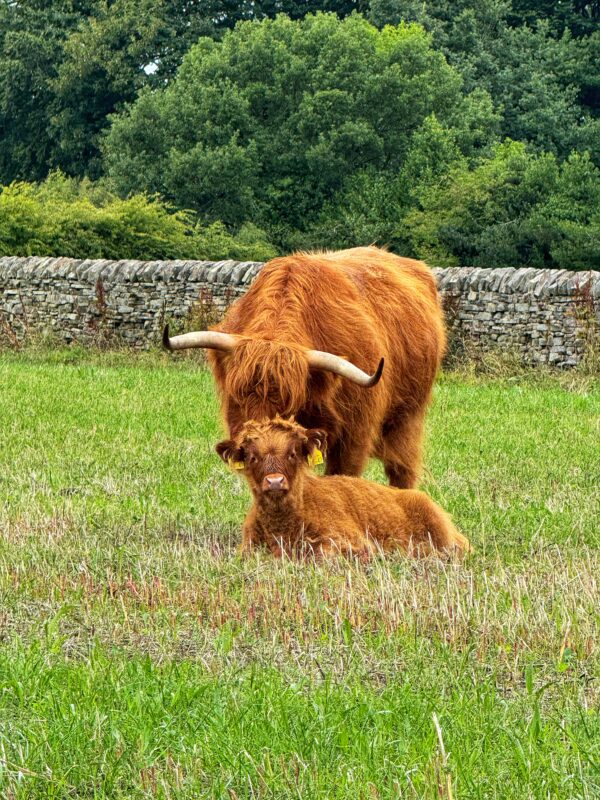News
Parents urged to warn children about dangerous plant in Greater Manchester
Giant Hogweed has a toxin-bearing sap that can cause blistering burns.
Parents across Greater Manchester are being urged to warn their children about a highly toxic plant that can cause severe blistering burns.
Most prevalent at this time of year, Giant Hogweed – also known by its Latin name Heracleum Mantegazzianum – is a plant that originated in Southern Russia and Georgia, and was introduced to Britain and Europe in the 19th century.
The plant itself can reach over 10ft in height and, according to The Royal Horticultural Society (RHS), “most gardeners will want to eradicate it, as it is potentially invasive and the sap can cause severe skin burns”.
The sap contains a chemical called furocoumarin which makes the skin sensitive to the sun, and can cause bad blistering – which can recur over the span of months, and even years.
How can I spot Giant Hogweed?
If you’re looking to identify this dangerous plant to better inform yourself and your children, then The Woodland Trust outlines the appearance of Giant Hogweed by these characteristics:
- Stems: The stems are green with purple blotches and stiff, white hairs and are hollow with ridges and a thick circle of hair at the base of each leaf stalk.
- Leaves: The large leaves can measure up to 1.5m wide and 3m long, and are often divided into smaller leaflets. The Woodland Trust compares them to rhubarb leaves, with irregular and jagged edges, with the underside of the leaf being described as hairy.
- Flowers: Giant Hogweed flowers appear in June and July, and are small and white and appear in clusters on “umbrella-like heads” that face upwards.
- Seeds: The seeds are dry, flattened and an oval shape, almost 1cm long and tan in colour with brown lines.
Regular hogweed leaves are more rounded, whereas Giant Hogweed leaves are more jagged.
It’s important not to confuse Giant Hogweed with cow parsley too, as although they look similar, cow parsley can only grow about three-four feet, and also has smaller florets and broader leaves that are much more rounded than the jagged leaves of Giant Hogweed.

Sightings of Giant Hogweed have been spotted in Greater Manchester in recent weeks.
Community group Bolton NEWT say it’s recently found Giant Hogweed plants in Leverhulme Park, along the rivers Tonge and Croal, and at Moses Gate Country Park.
“We strongly suggest taking a few minutes with your kids to show them these pictures, so that they can safely identify giant hogweed and not panic when you find native hogweed or cow parsley.” a spokesperson for Bolton NEWT.
Similarly, Mini First Aid in High Peak and Tameside has also taken to social media to issue a warning about the plant, saying: “Now is the season for ‘Britain’s most dangerous plant’ and with the lovely weather forecast in a couple of weeks time, this stuff will thrive and spread.”
The group added: “All parents, please warn your children not to touch the plant as the leaves, stems, roots, flowers and seeds all contain this terrible poisonous toxin.
“Any parts of the body that come into contact with the sap of a giant hogweed should be immediately washed with soap and cold water and seek medical advice. Further exposure to sunlight should be avoided for at least 48 hours.”
You can find more information about Giant Hogweed here.
Featured Image – Flickr





















